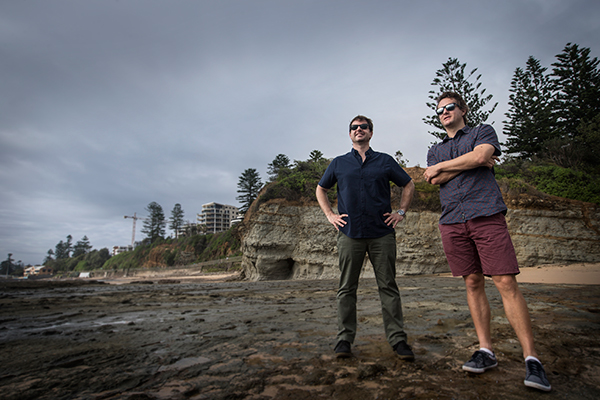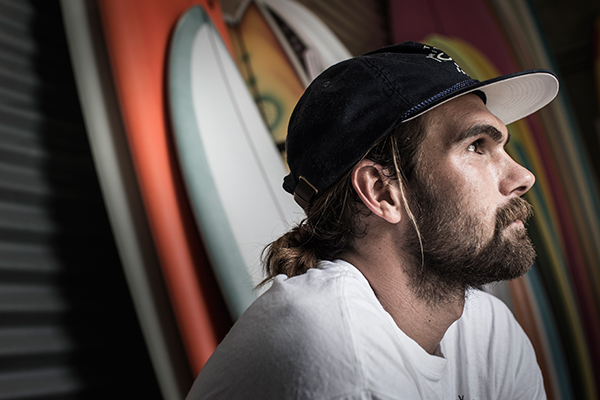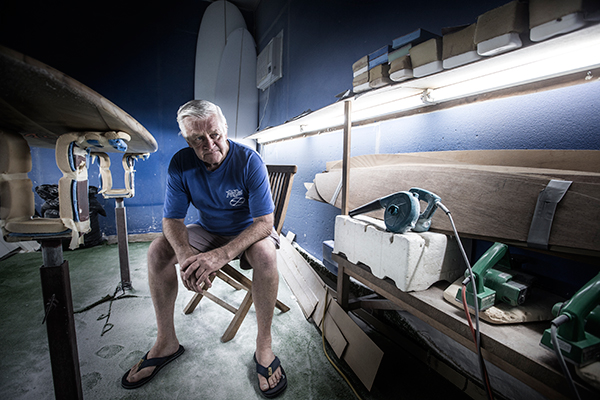February 4, 2015
Tracing the roots and evolution of surfing 100 years on
A new book from a pair of UOW researchers has traced the evolution of the surfboard on the east coast of Australia a century after the sport was introduced to our shores.
From regional cottage industry to billion-dollar global empire, surfing is ingrained in Australia’s national psyche, a far cry from its humble origins in the islands of the Pacific. At the heart of it all is the surfer’s only tool – the surfboard.
Surfing Places, Surfboard Makers: Craft, Creativity, and Cultural Heritage in Hawaii, California, and Australia examines the origins of stand-up surfing and its ongoing popularity, on the eve of the 100th anniversary of Hawaiian champion Duke Kahanamoku inspiring Australians to hit the waves with his new style of surfing.

The book, published by University of Hawaii Press, was co-authored by Professor Chris Gibson (above left), a human geographer at UOW and Dr Andrew Warren (above right), an economic geographer, who received his PhD from UOW in 2012.
Surfing Places, Surfboard Makers examines the rise of craft surfboard makers, the impact of corporate juggernauts, such as Billabong and Quiksilver, and the future of the surfboard making industry in the wake of Australia’s manufacturing downturn.

Young surfboard maker Eden Saul, who is interviewed in the book.
“To a surfer, a board is more than a piece of equipment. It is a symbol, a physical emblem of cultural, social, and emotional meanings,” said Dr Warren, who, along with Professor Gibson, travelled to California and Hawaii to conduct his research.
“Surfboard workshops are hives of creativity where legacies of rich, cultural heritage and the local environment combine to produce unique, bold board designs customised to suit prevailing waves.”

Legendary surfboard maker Geoff McCoy, who also features in the book.
Surfing Places, Surfboard Makers follows the story of renowned board shapers who have attempted to retain the mythology and creativity of this art in the face of mass-produced boards and corporate pressure.
“This is the first book to trace the surfboard from regional craft tradition to its key role in the billion-dollar surfing business,” Professor Gibson said.
The book is available now through the University of Hawaii Press.
Professor Gibson and Dr Warren will be presenting a free public lecture on the book and their travels on 25 March. For more information and to register to attend, visit uow.edu.au/research/unibrewery.